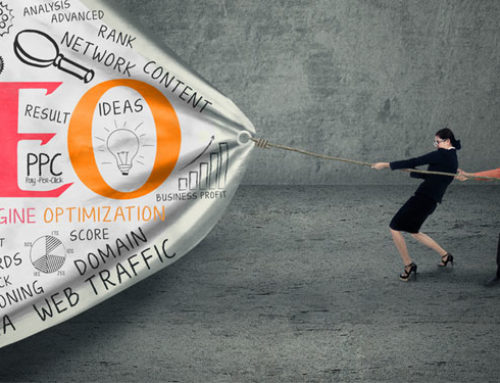Getting traffic to come to your site is the perennial problem for many businesses and marketing managers. There’s an array of strategies you can utilise to improve your website’s visitor counts, but one that’s often overlooked is your on-page SEO.
What is on-page SEO?
On-page SEO involves placing important keywords within the different content elements of your web page – so things like the headline, sub-headings, the main body content of the page, within the image tags, and in any links.
In so doing, you improve the chances of people searching for particular keywords to find your website – because your website includes that keyword, it will come up in search results more often when people search for a related keyword.
How can you improve it?
To do on-page SEO well, there are a number of principles you can follow. First – do an on-page SEO analysis of your existing site. What keywords, if any, have been included across your site and are they included in most of the elements listed above?
This helps you to identify areas in which you can improve. The next step is to determine which keywords you might like to include in the copy of your website. A good rule of thumb is to think about who you’re trying to reach – what sort of person are they, what are they looking for, and what might they put into a search engine?
The answer to that question is often the answer to what keyword you want to include in your webpage. Pick a primary keyword for each page, and focus on making the content for that page centre around the keyword or what it means. We’ve learnt that this has becoming increasingly relevant as Google changes the way search is done.
For example, you might have a corporate flower rental business. You’d be wise to include that keyword a number of times in your copy, and also ensure the page is about corporate flower rental.
Write for humans
There’s one caveat here though – don’t overstuff your copy with keywords. While you want search engines to recognise what your page is about, it also has to be natural and easy to understand for visitors who actually read the copy.
Write for humans first, and search engines second. Prepare your content, then optimise it for search. Doing it the other way round will make your copy sound robotic and unnatural.
What else?
Here’s a couple other quick tips that’ll help you boost your on-page SEO:
- Place your primary keyword in your headline and sub-headline.
- Make sure keywords are relevant.
- Include keywords in the file name of images uploaded to the page.
- Try to include the keyword in the page’s URL.


